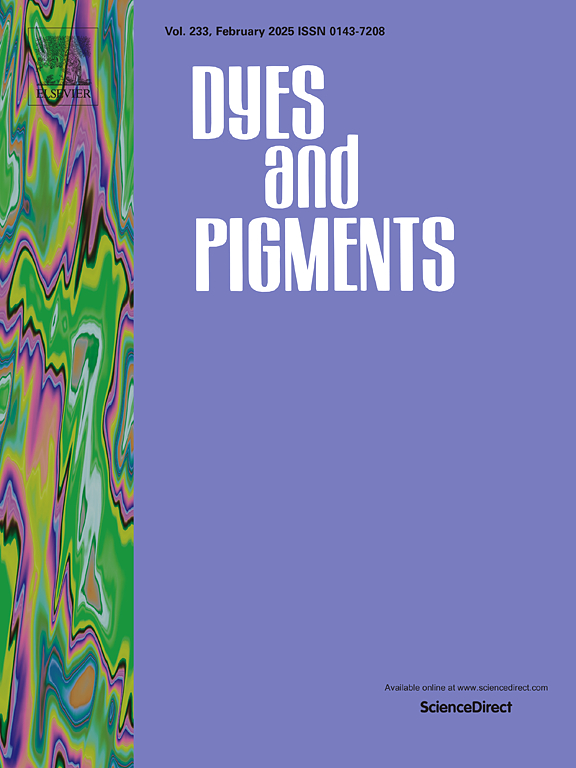Tungsten disulfide quantum dots: Synthesis, structure, properties and biological applications
IF 4.1
3区 工程技术
Q2 CHEMISTRY, APPLIED
引用次数: 0
Abstract
Transition metal dichalcogenides have attracted considerable attention due to their adjustable bandgap structures. When their size is further reduced, quantum dots with different emissions will emerge. Over the past few years, a variety of strategies have been developed for the fabrication of tungsten disulfide quantum dots (WS2 QDs), and plenty of applications have been exploited. In this review, we first summarized the synthetic approaches of WS2 QDs. The synthetic strategies were divided into top-down and bottom-up. We further briefly discussed their unique structure and properties, including fluorescence, biocompatibility, and peroxidase-like activity. Subsequently, we highlighted the recent progress of WS2 QDs in biological applications, including bioimaging, biosensing, and biomedicine. Lastly, the challenges and perspectives on the synthesis of WS2 QDs and biological applications are discussed.

求助全文
约1分钟内获得全文
求助全文
来源期刊

Dyes and Pigments
工程技术-材料科学:纺织
CiteScore
8.20
自引率
13.30%
发文量
933
审稿时长
33 days
期刊介绍:
Dyes and Pigments covers the scientific and technical aspects of the chemistry and physics of dyes, pigments and their intermediates. Emphasis is placed on the properties of the colouring matters themselves rather than on their applications or the system in which they may be applied.
Thus the journal accepts research and review papers on the synthesis of dyes, pigments and intermediates, their physical or chemical properties, e.g. spectroscopic, surface, solution or solid state characteristics, the physical aspects of their preparation, e.g. precipitation, nucleation and growth, crystal formation, liquid crystalline characteristics, their photochemical, ecological or biological properties and the relationship between colour and chemical constitution. However, papers are considered which deal with the more fundamental aspects of colourant application and of the interactions of colourants with substrates or media.
The journal will interest a wide variety of workers in a range of disciplines whose work involves dyes, pigments and their intermediates, and provides a platform for investigators with common interests but diverse fields of activity such as cosmetics, reprographics, dye and pigment synthesis, medical research, polymers, etc.
 求助内容:
求助内容: 应助结果提醒方式:
应助结果提醒方式:


